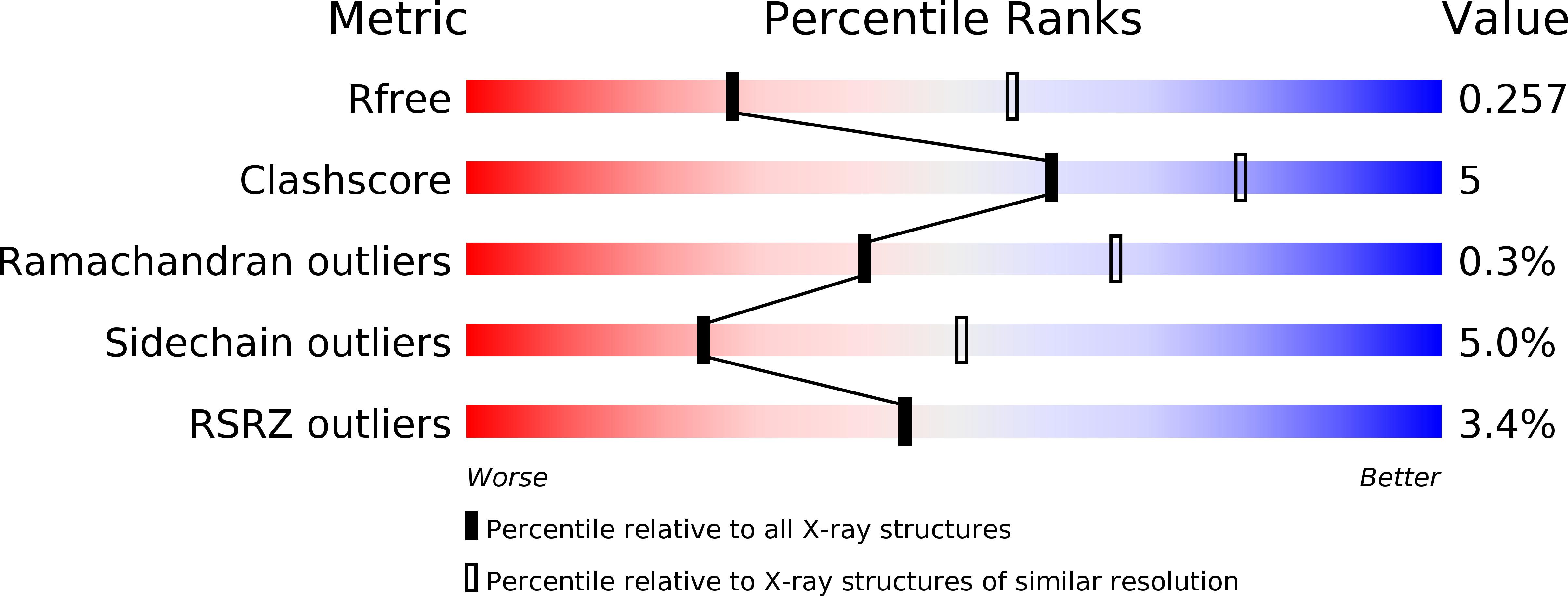
Deposition Date
2014-07-17
Release Date
2014-11-26
Last Version Date
2024-11-20
Entry Detail
PDB ID:
4QWW
Keywords:
Title:
Crystal structure of the Fab410-BfAChE complex
Biological Source:
Source Organism:
Bungarus fasciatus (Taxon ID: 8613)
Mus musculus (Taxon ID: 10090)
Mus musculus (Taxon ID: 10090)
Method Details:
Experimental Method:
Resolution:
2.70 Å
R-Value Free:
0.23
R-Value Work:
0.19
R-Value Observed:
0.20
Space Group:
P 21 21 2


